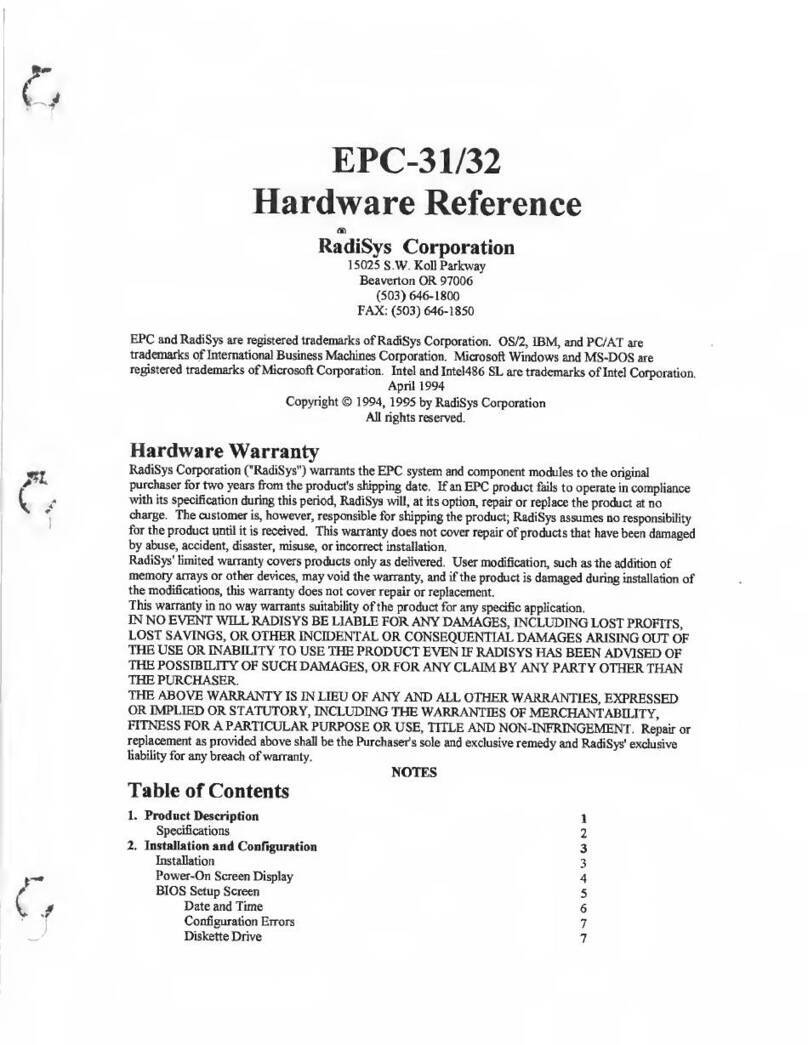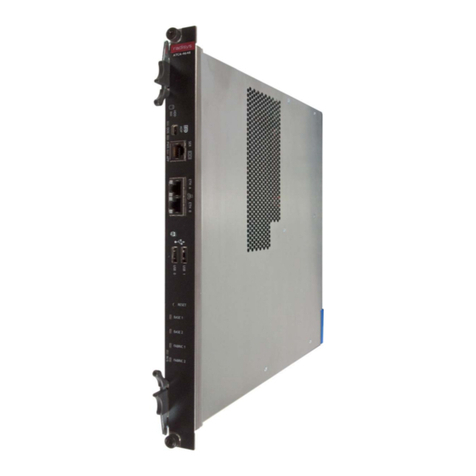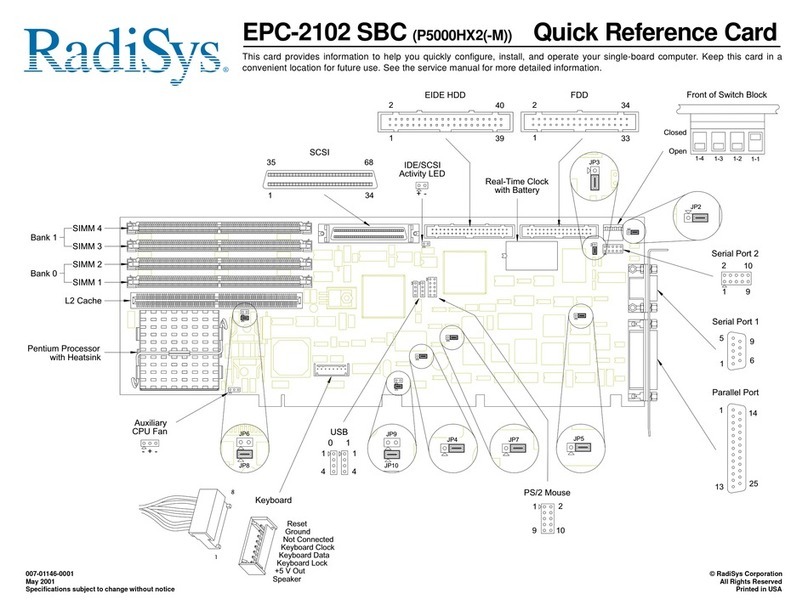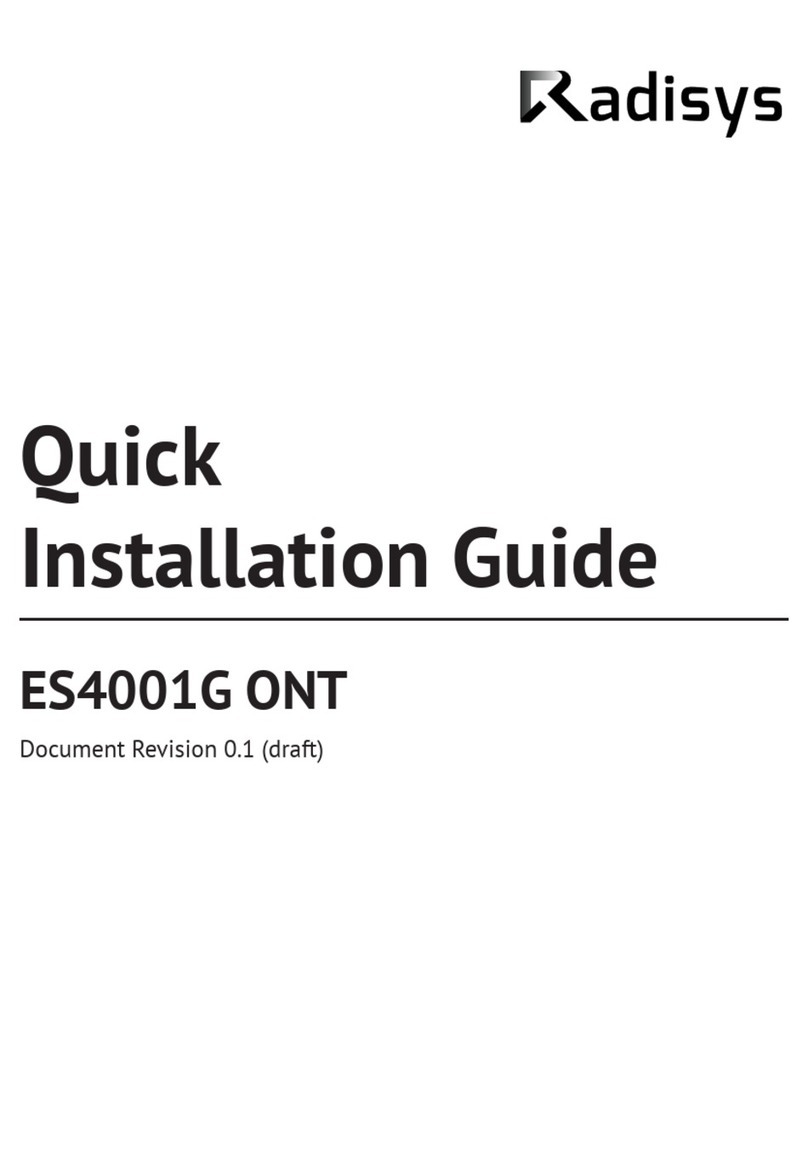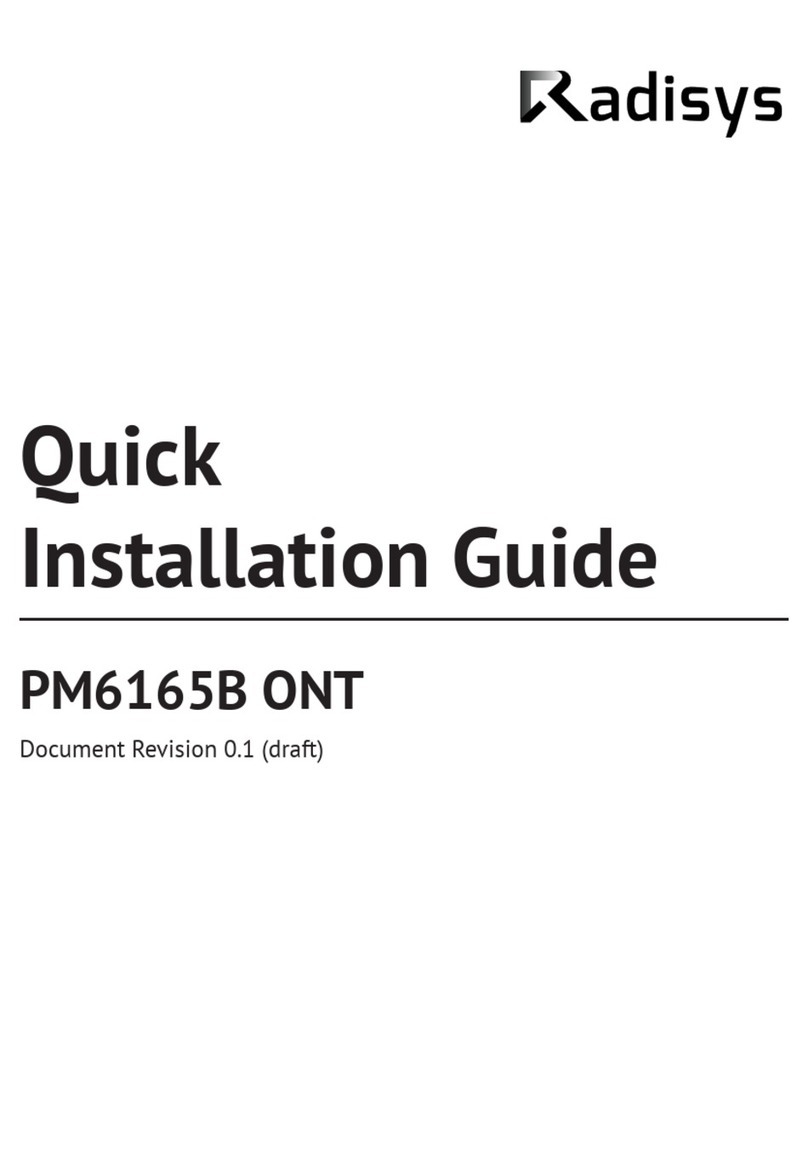
EPC®-6315 Hardware Reference
viii
Menu map.................................................................................................................................. 24.
Navigation ................................................................................................................................. 24.
Main Setup menu ............................................................................................................................. 25.
Primary Master/Slave sub-menus................................................................................................ 27.
Advanced menu ................................................................................................................................ 31.
PCI Configuration sub-menu......................................................................................................33.
PrPMC customizations sub-menu ........................................................................................ 34.
PCI/PNP ISA UMB Region Exclusion sub-menu .................................................................. 36.
PCI/PNP ISA IRQ Resource Exclusion sub-menu ................................................................ 37.
Cache Memory sub-menu .......................................................................................................... 38.
Console Redirection sub-menu................................................................................................... 43.
I/O Device Configuration sub-menu........................................................................................... 45.
Boot menu ........................................................................................................................................ 46.
Exit menu ......................................................................................................................................... 48.
CMOS Save & Restore sub-menu .............................................................................................. 49.
Chapter 5: Theory of operation
Organization..................................................................................................................................... 52.
Block diagram ............................................................................................................................ 52.
Intel Tualatin-LP 512K processor ..................................................................................................... 52.
Speed and voltages ..................................................................................................................... 53.
Clocking ........................................................................................................................................... 53.
RadiSys 82600 system controller ...................................................................................................... 54.
Power-up configuration.............................................................................................................. 55.
Host bridge.......................................................................................................................... 56.
Memory subsystem .............................................................................................................. 56.
Memory map ....................................................................................................................... 56.
BIOS flash support............................................................................................................... 57.
Dual PCI bus architecture .................................................................................................... 58.
Local PCI bus ...................................................................................................................... 59.
PCI Ethernet controller ........................................................................................................ 59.
PCI interrupts ...................................................................................................................... 59.
IDE controller flash disk ...................................................................................................... 60.
RTC..................................................................................................................................... 60.
Serial port ............................................................................................................................ 60.
Keyboard and mouse controller ........................................................................................... 60.
Power......................................................................................................................................... 61.
Avoiding memory address and data misalignment...................................................................... 62.
Appendix A: Message codes ........................................................................................................... 63.
Appendix B: Interrupts .................................................................................................................... 65.
Appendix C: Connectors
Connector locations.......................................................................................................................... 67.
CompactPCI connector..................................................................................................................... 68.
J1 connector............................................................................................................................... 68.
PMC connectors ............................................................................................................................... 69.
Jn1 connector ........................................................................................................................... 69.
Jn2 connector ............................................................................................................................ 70.
Jn4 connector ............................................................................................................................ 71.
Ethernet port.............................................................................................................................. 75.



